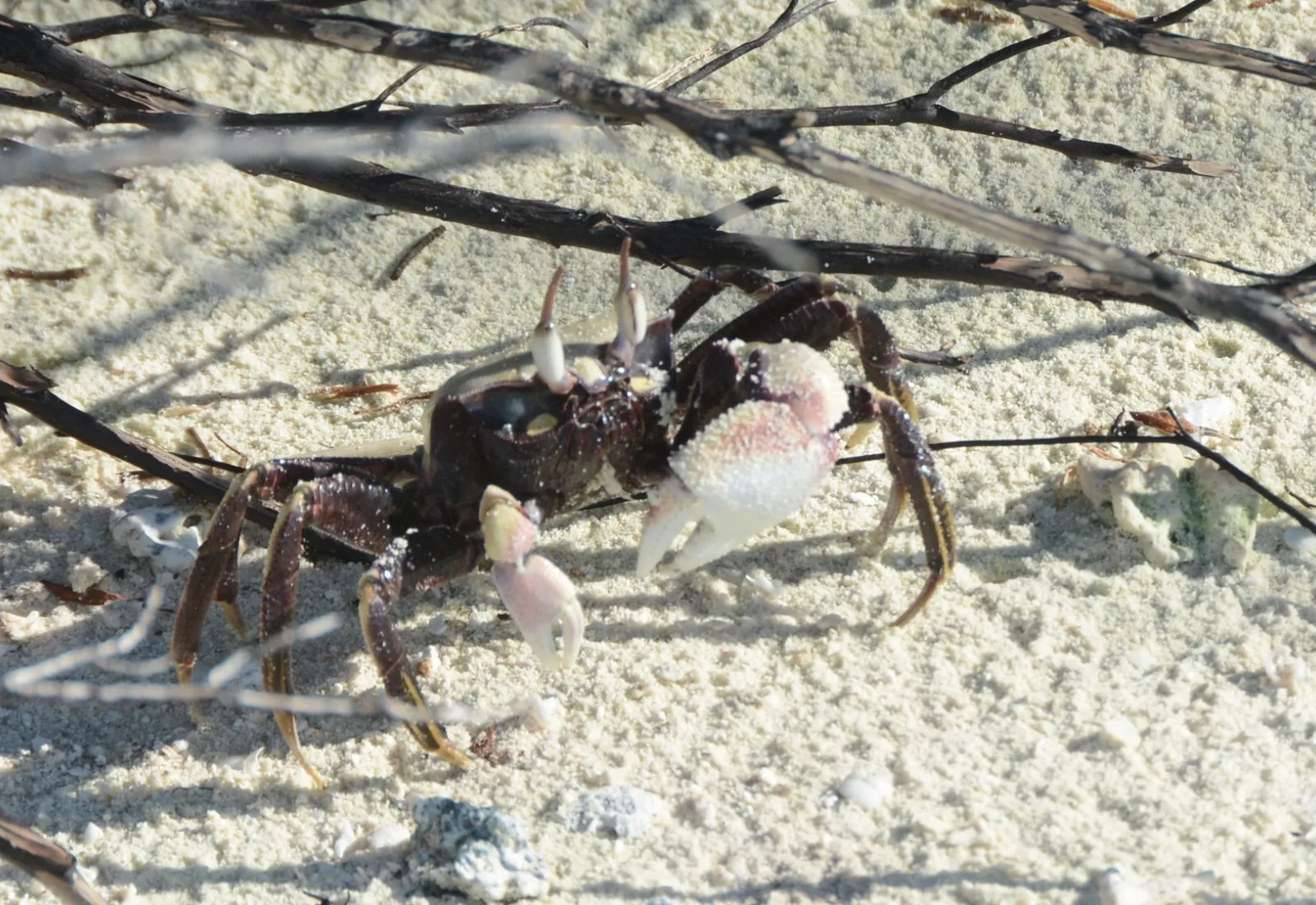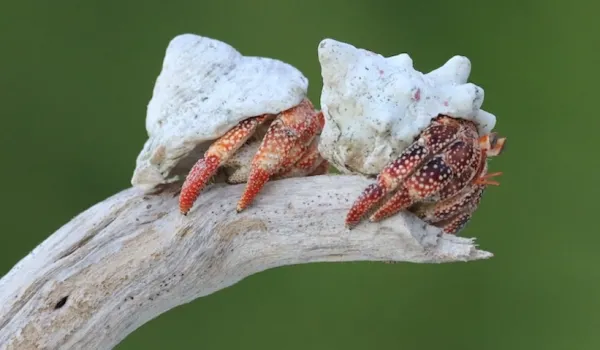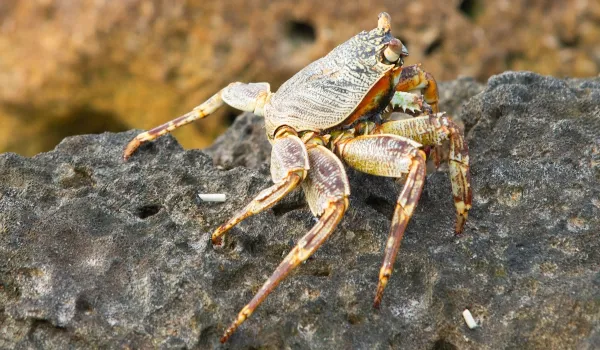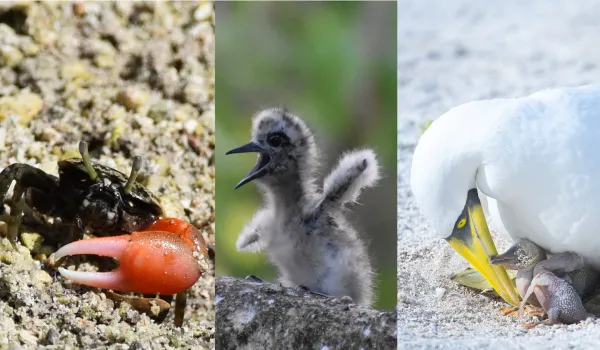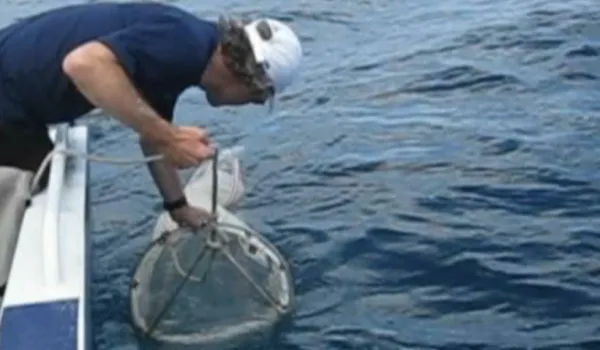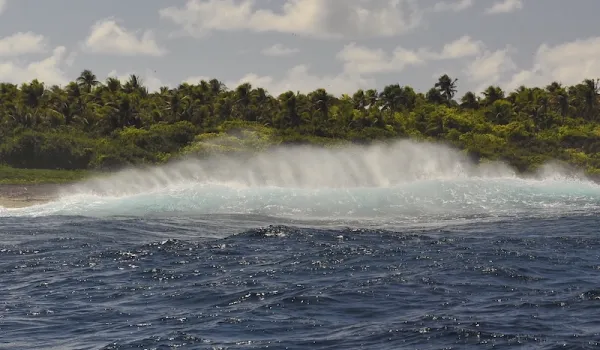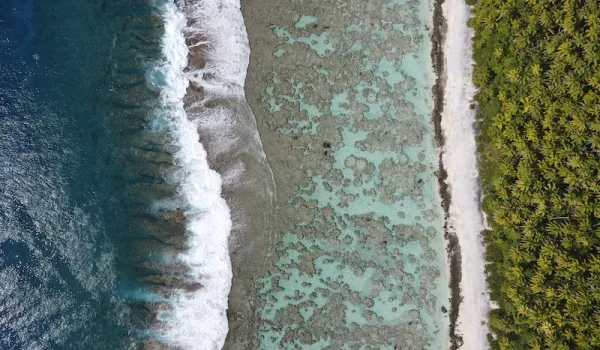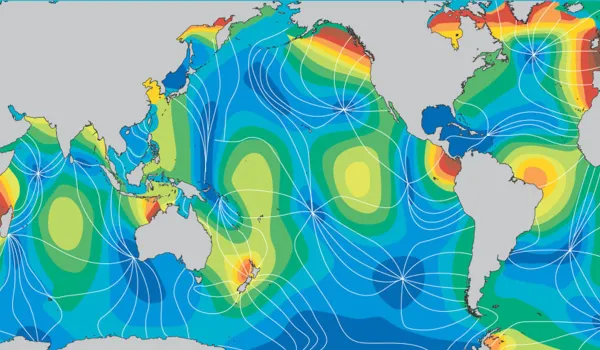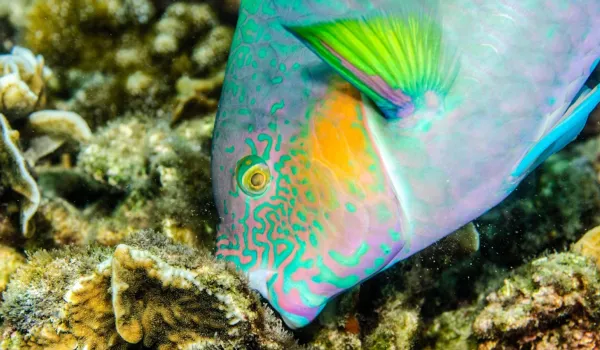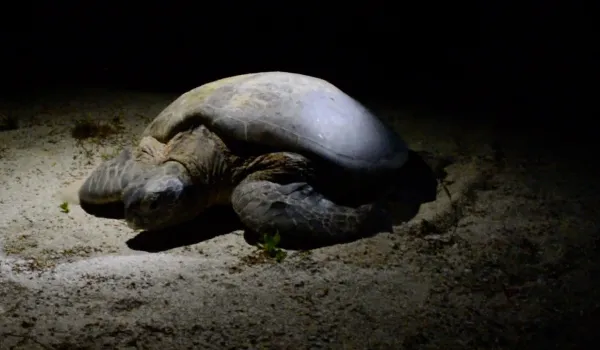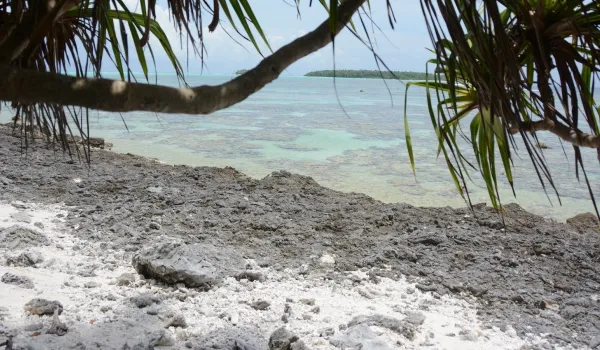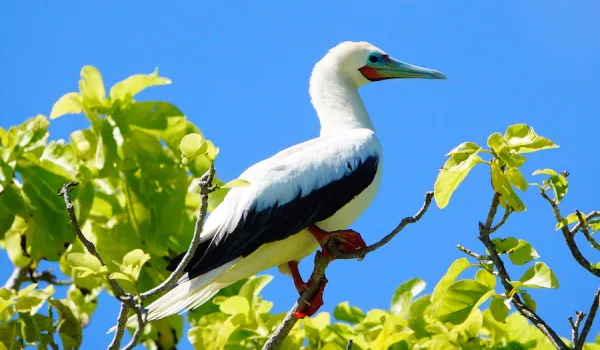Crabs are really cool. They are part of a group of animals called Arthropods that account for 80% of all animal species (you know them as spiders, beetles, ants, millipedes, mites, mosquitoes, butterflies, lobsters, shrimp, etc.) Among this multitude of body types, the crab blueprint has proved to be unusually practical. So much so that the term “carcinization” was coined to explain the fact that at least 5 groups of arthropods have evolved into what we commonly call crabs. That is, natural selection favored the crab blueprint because it makes crabs successful in surviving and reproducing.
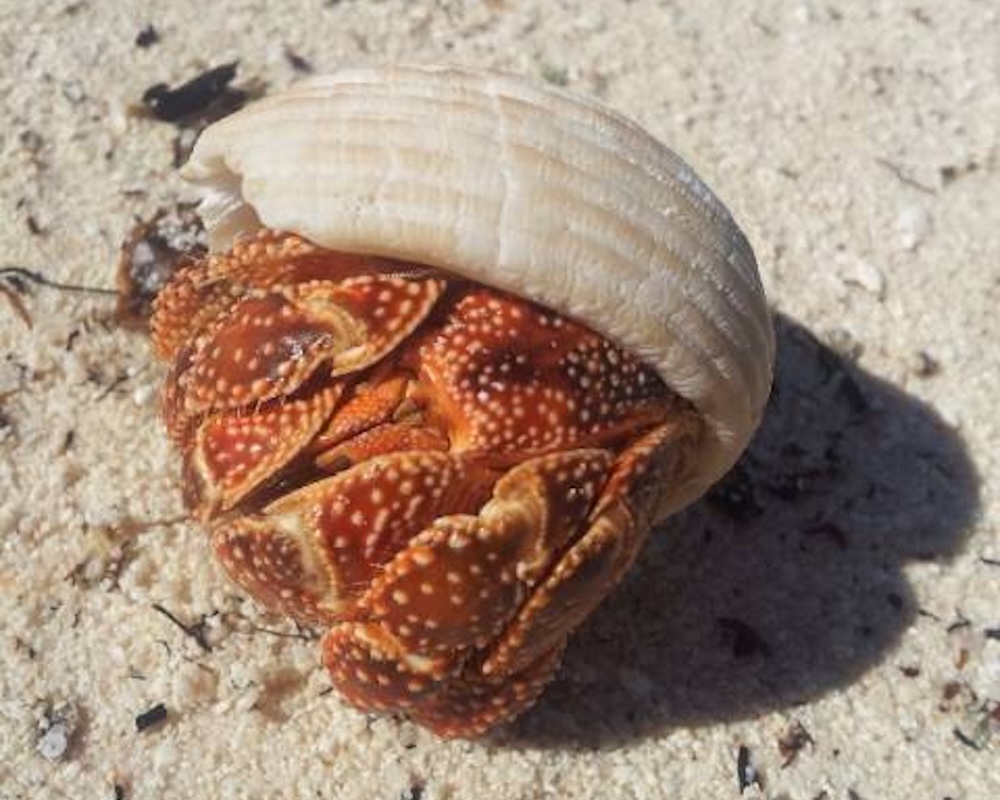
Uá are detrivore. They keep the beaches clean.
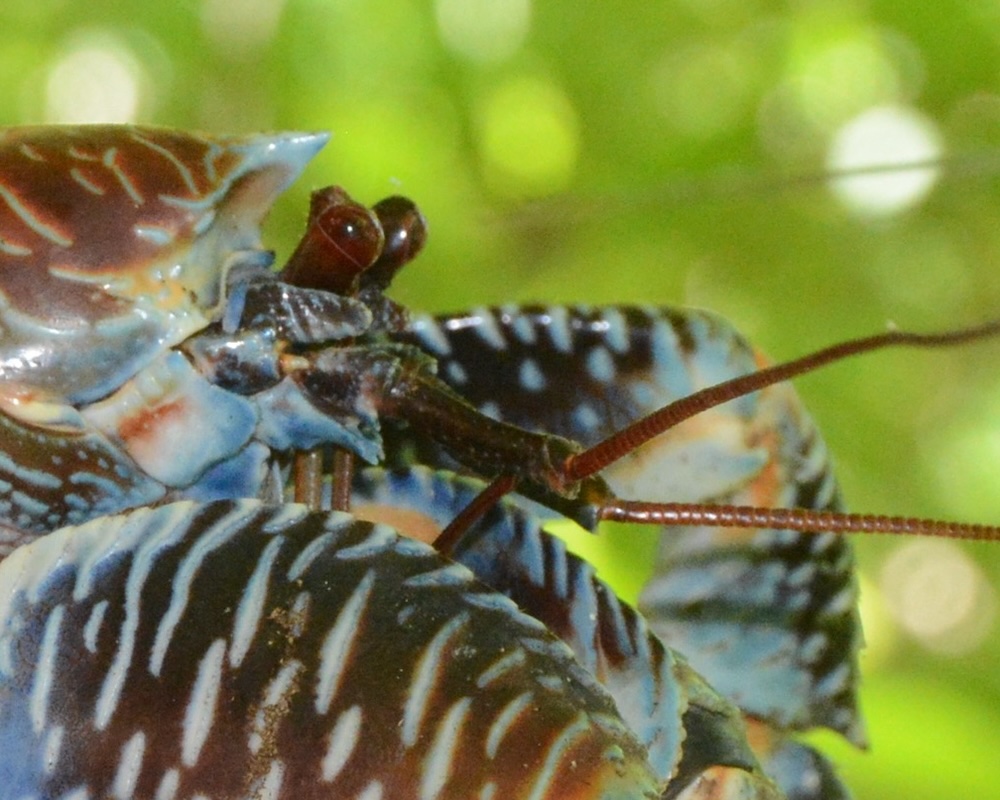
Kaveu are omnivore. eating coconuts as well as carrion.
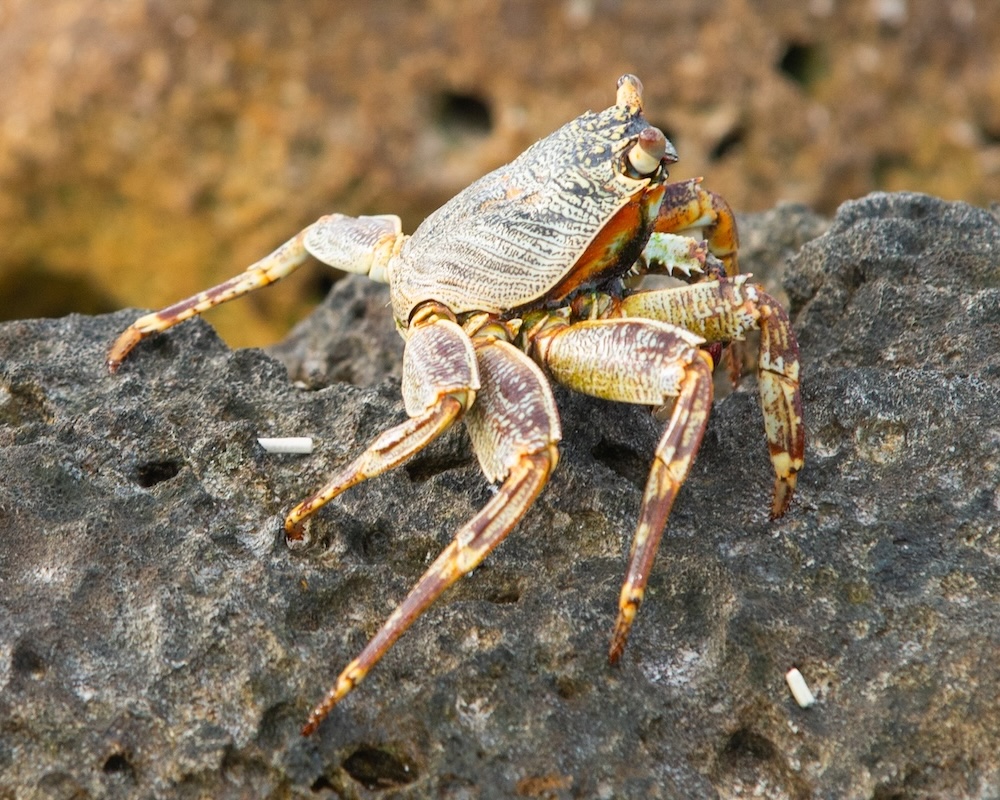
Toetoe is found all over the tropics.
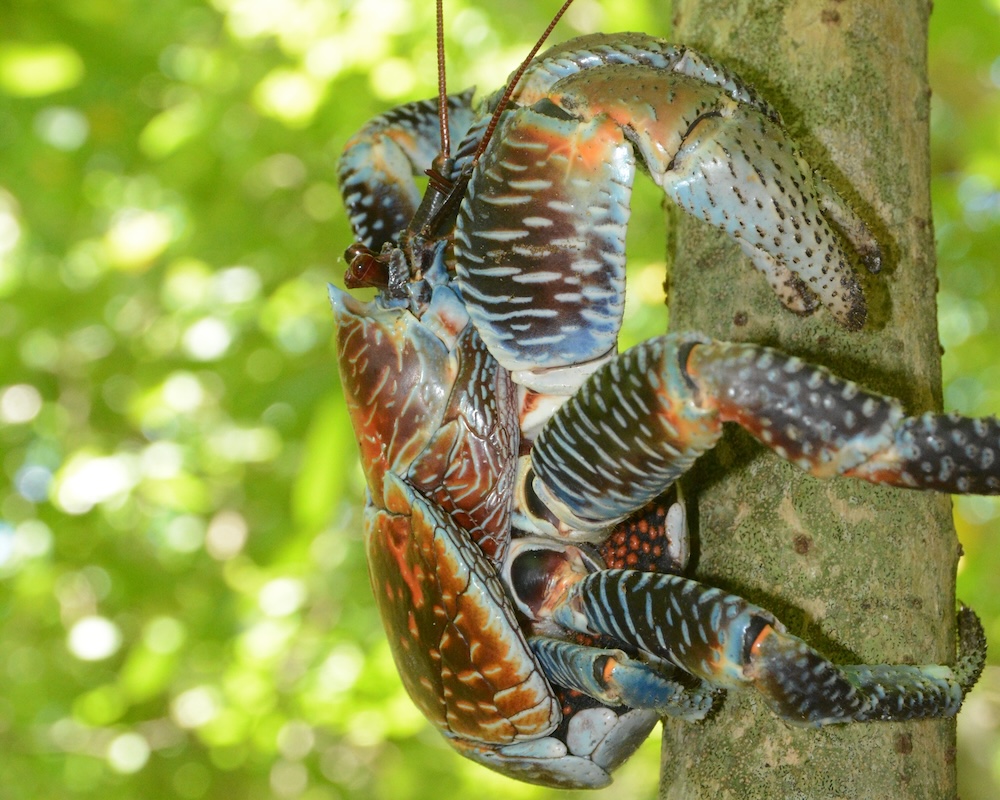
Kaveu climb forest trees in search of fruit.
On Tetiaroa, like many remote Pacific islands, before the arrival of mammals (humans and rats), crabs played a huge role in both marine and terrestrial ecosystems. The mammals however reduced the crab populations to a level where some species almost disappeared, and others were greatly diminished. Now on Tetiaroa, with protection in place, and the removal of rats, the crabs are coming back.
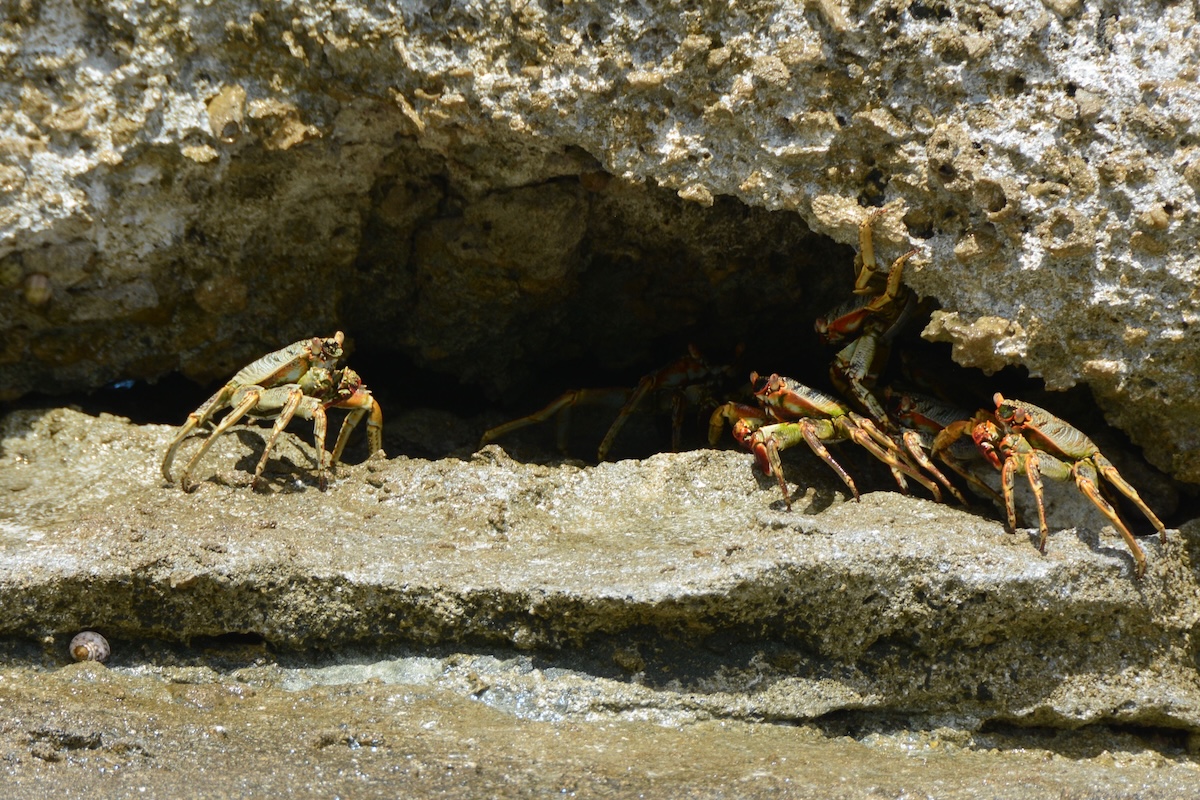
Toetoe, thin shelled rock crabs, can run very fast and jump from rock to rock, and can be fun to observe.
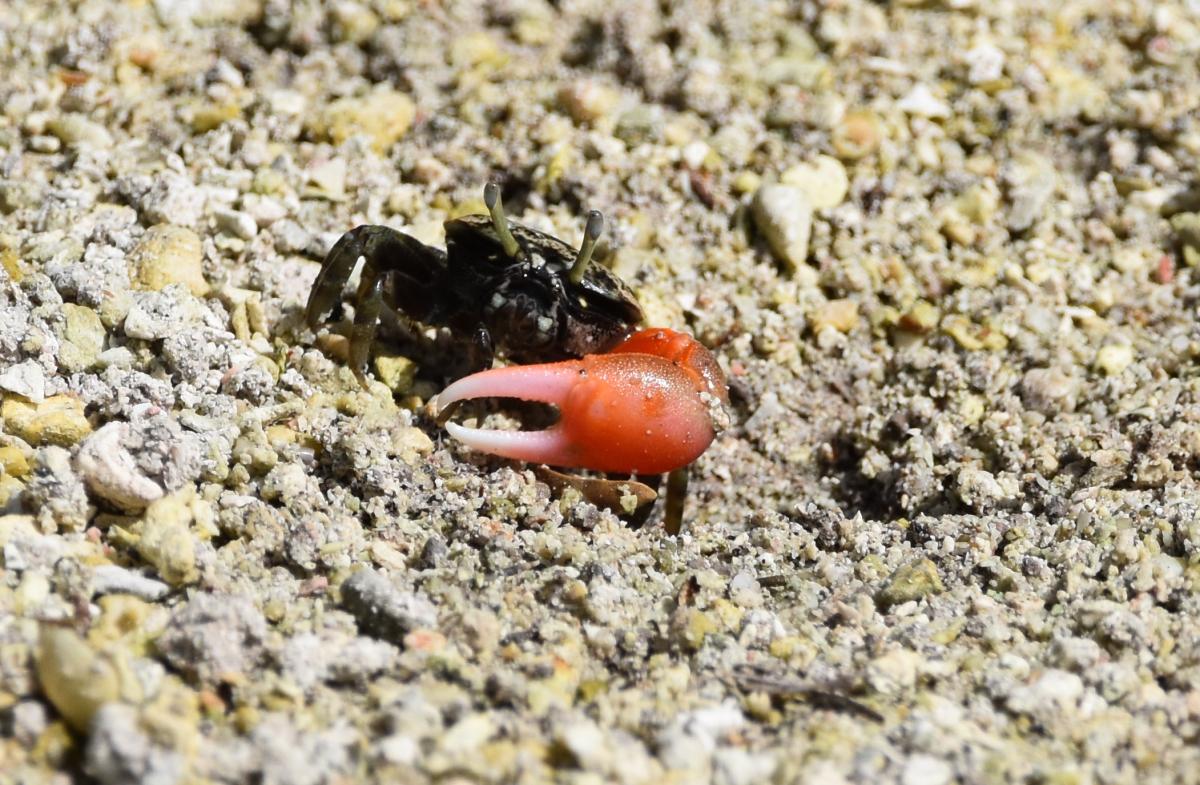
This male fiddler crab has a large, colorful claw which he uses to attract a female.
Our field scientists always knew that Tetiaroa had excellent habitat for Fiddler Crabs, but they were rarely seen. With the rats gone however, whole colonies of Fiddler Crabs have turned up. These beautiful and active little crabs feed on detritus and are fed upon by shorebirds.
By far the most charismatic crab on the island is the Coconut Crab or kaveu in Tahitian. These are related to hermit crabs, but grow to a monstrous size with the largest reaching 1 meter across including legs and weighing in at 4 kilos. They are in fact the largest terrestrial arthropod. They are omnivores eating coconuts and other fruit as well as carrion. They have been observed as well as predators on birds and other crabs.
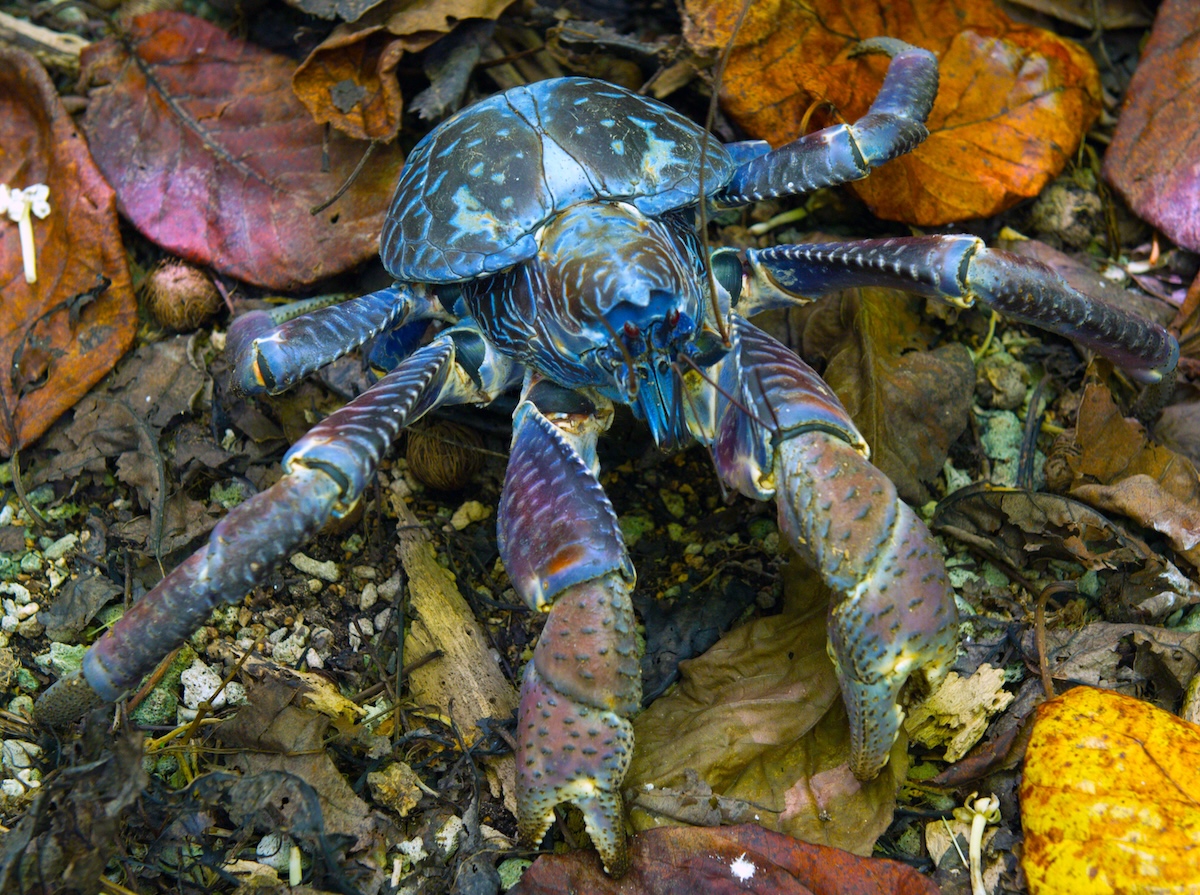
Kaveu is the largest terrestrial arthropod in the world.
Find out more about the inhabitants of Tetiaroa in the Atoll Guide


